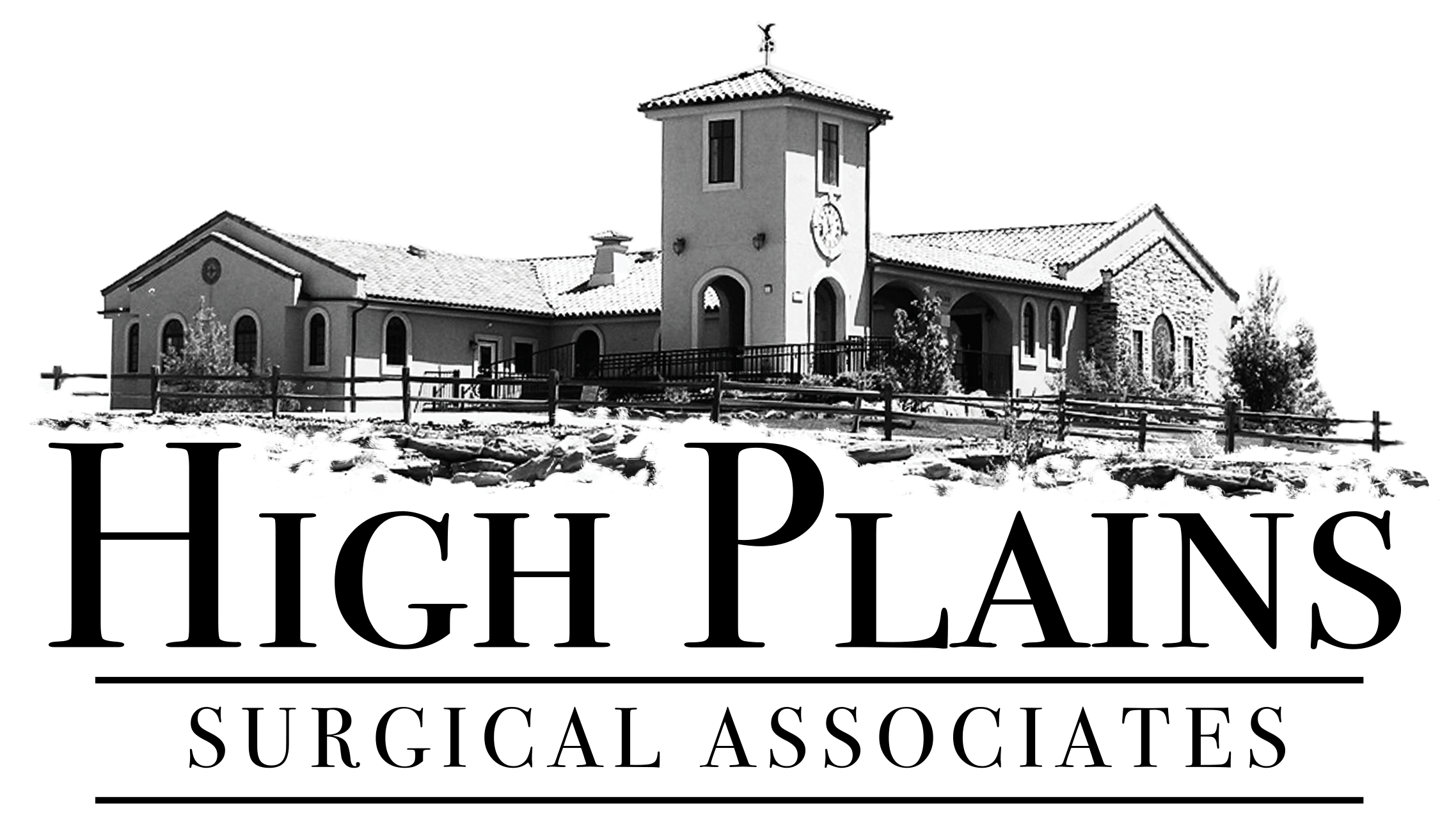Hernia Surgeries
What Is a Hernia?
A hernia happens when an internal part of the body pushes through a weak spot in the muscle or tissue wall. It often shows up as a visible bulge and can cause discomfort, pain, or complications if left untreated.
Hernias do not heal on their own — surgery is usually recommended to repair the weakened area and prevent further problems.
Types of Hernias We Treat
Inguinal Hernia
The most common type, occurring in the groin area when part of the intestine pushes through the abdominal wall.
Femoral Hernia
Found lower in the groin or upper thigh; more common in women and at higher risk for complications.
Umbilical Hernia
Occurs near the belly button, often seen in infants but can also develop in adults.
Incisional Hernia
Develops at the site of a previous surgical incision if the abdominal wall doesn’t heal strongly.
Diaphragmatic Hernia
A hole or weakness in the diaphragm allows abdominal organs (like the stomach or intestines) to move into the chest cavity. Some are present at birth (congenital), while others can result from trauma.
Epigastric Hernia
Occurs in the upper abdomen between the belly button and chest, often small but sometimes painful.
Why Surgery Is Needed
While some hernias may not cause immediate symptoms, they can get larger or more painful over time. In some cases, a hernia can become incarcerated (trapped) or strangulated (cutting off blood supply) — both emergencies requiring urgent surgery. Repairing a hernia early helps avoid these risks.
Preparing for the Procedure
Follow anesthesia instructions: You’ll need to stop eating and drinking for several hours before surgery.
Arrange a ride home: Since sedation or anesthesia is used, someone will need to drive you.
Outpatient surgery: Most hernia repairs are same-day procedures, so you usually go home within hours.
Medication check: Your doctor may adjust certain medicines, especially blood thinners, before surgery.
What to Expect During Surgery
Laparoscopic Repair: Small incisions are made, and the hernia is repaired with a camera and special instruments. A mesh may be placed to strengthen the area.
Open Repair: A single larger incision is made to repair the hernia directly, sometimes with mesh reinforcement.
The approach depends on the type and size of hernia, your health, and your surgeon’s recommendation.
After Hernia Surgery
Recovery: Most patients return home the same day. Light activity can resume within a few days; heavy lifting should be avoided for several weeks.
Discomfort: Mild pain or soreness at the incision site is normal and managed with medication.
Follow-up: You’ll have an appointment to check healing and discuss when to safely return to full activity.


